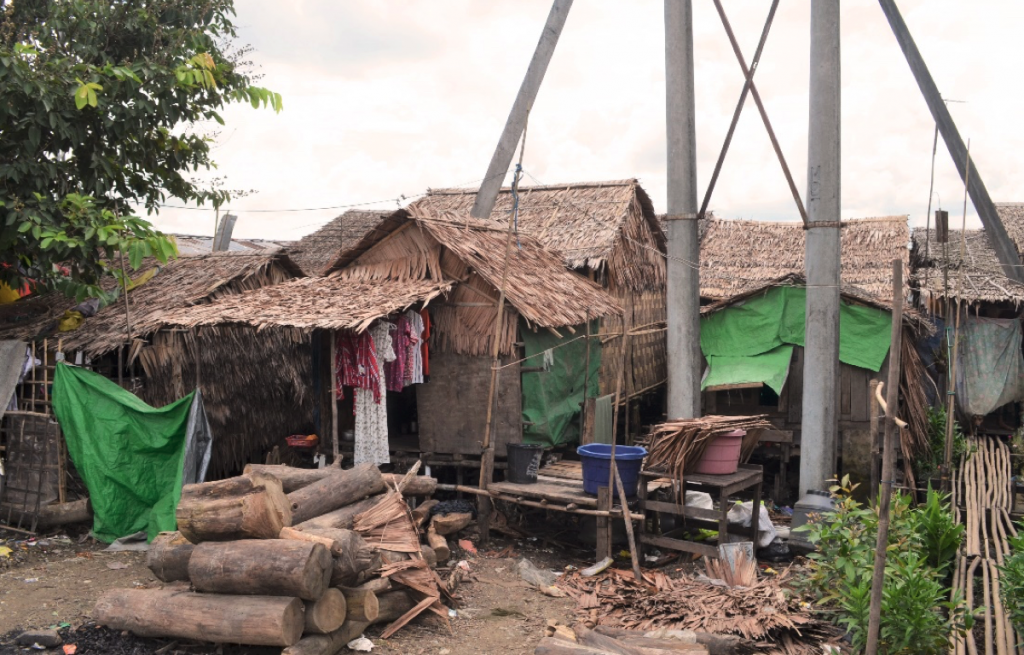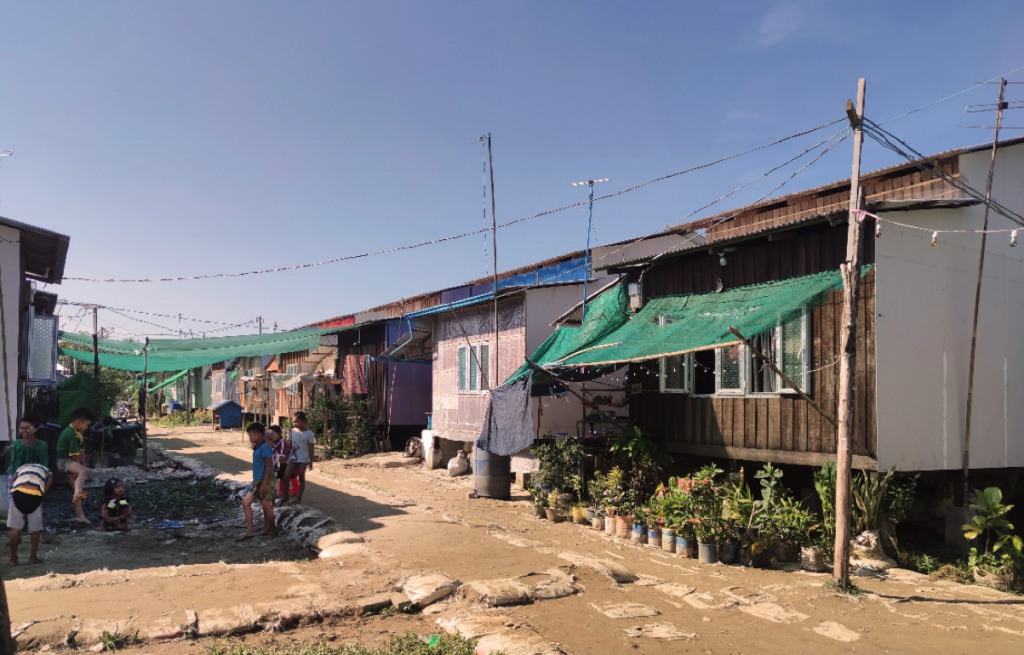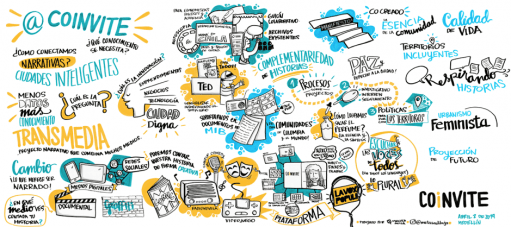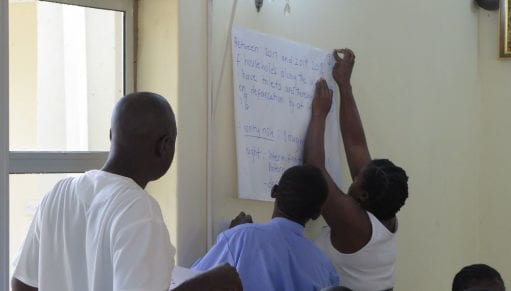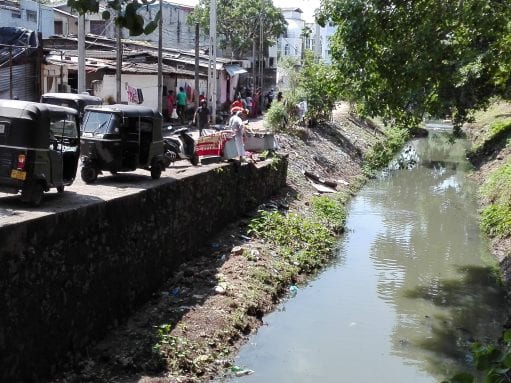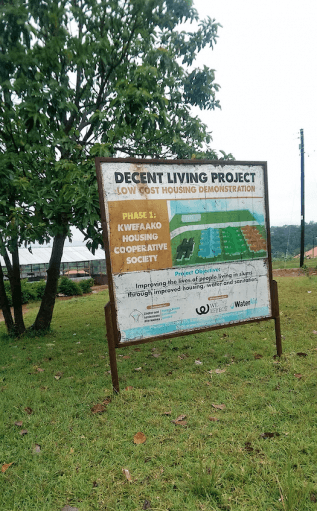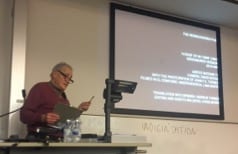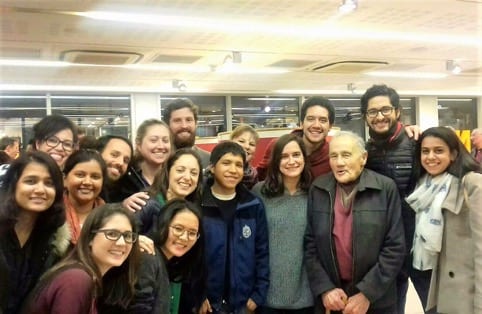Land security through food security
By Pamela Hartley-Pinto, on 31 August 2023
What would land security for urban informal settlement residents look like if the state prioritised, and rewarded, food sovereignty and security instead of automatically turning first to questions of land tenure and property rights? This question is a provocation to think land security for marginalised groups anew, and simultaneously address a key dimension of food and nutrition in concerns for social protection.
When the state talks about land and addressing insecurity of residents in informal settlements, the first issues they reach for are always tenure and property rights. This is because the framing of land as a commodity within the interaction of supply and demand is so prevalent. However, there are other ways of considering land and food systems which could also form the basis for a contract between the state and residents in informal settlements so that food security could become a guarantee for land security.
Status quo of land use management
It has already been established that “clear and secure land tenure can improve livelihoods and sustainable management of natural resources, including forests, and promote sustainable development and responsible investment that eradicates poverty and food insecurity (Mennen, 2015).” UN SDGs talk about “access to ownership and control over land and other forms of property” as well as “including secure and equal access to land.” Despite this and the evidence around benefits of secure land tenure, governments dither, but rethinking it from a food security perspective could open new avenues
When flipping the order of things and re-prioritizing, putting food security first could lead to land tenure for those providing the food, taking care of the community gardens and looking after the produce, as well as act as a quantifiable alternative to social protection reducing the burden on the state. As Li puts it, the meaning given to land varies depending on who you are asking and as well as the “materiality” and the “inscription devices define what type of resource land is (Li, 2014).” Also, “land tenure has usually been viewed as a supply-side’ issue, while food security has been considered a `demand-side’ issue (Maxwell and Wiebe, 1999).” Having this distinction in mind and rethinking the relationship between food security and land tenure has the potential to flip the politics of the discourse and the relations of power within the territories, in fact giving other actors who have a stake in the discourse a seat at the table. Empowered and organised communities or coalitions could use a new narrative when referring to the land they take care of and shift the supply and demand logic.
Peru and food insecurity
Drawing on the example of contemporary Peruvian food security: data from the Food and Agriculture Organization states that over 51% of the population is living in moderate food insecurity, meaning that “people have reduced the quality of their diet or are eating less than they need (FAO, 2022).” Exploring the links between land tenure and food security, Maxwell and Wiebe highlight how “access to food derives from opportunities to produce food directly or to exchange other commodities or services for food (Maxwell and Wiebe, 1999).”
Currently, the Peruvian government has a variety of social programmes tackling food insecurity but none of them address the root of the problem. The programmes established now include food handouts, cash transfers or government-sponsored soup kitchens with little to no capacity building. What would other strategies to tackle food insecurity look like? Perhaps involving communities themselves and supporting co-produced solutions to move away from a top-down welfare practice to a bottom-up coalition of government and non-government actors.
Working with informality
Acknowledging and rewarding the existence of established community networks, artisanal risk prevention and natural disaster management from the grassroots as well as community-led soup kitchens should be taken seriously as solid examples of community infrastructures and human and social capital (Moser, 1998). Reframing these assets into food security and governance is just a matter of recognising and working with informality rather than punishing it.
Collaborative bottom-up strategies through their “invented spaces of citizenship” (Miraftab, 2004) fight exclusion and aim to support local collective action for survival whilst ensuring food security for the communities they serve. Seeing that these initiatives at the grassroots are working well, why not add additional government support in the form of land for community gardens specifically for those community soup kitchens that are already mapped and established?
Overall, considering the materiality of land, there could be “an expanded capacity to envision underutilised land as a globally important asset capable of producing food, profits, and a reduction of poverty as well (Li, 2014).”
In conclusion, the question of refocusing on food security and sovereignty as the starting point for land urban security as well as looking at it as an alternative to current social protection policies changes priorities. It gives a strengthened platform to insurgent planners and bottom-up community-led strategies of survival while promoting ownership and a sound alternative to the state’s responsibility to its citizens regarding social protection.

Community-led soup kitchen-Absalon Alarcon in Lima, Peru (Photo: TECHO Peru)

Maria, community leader, holding produce from her urban community garden (photo: TECHO Peru)
References
Li, T.M. (2014) “What is land? assembling a resource for Global Investment,” Transactions of the Institute of British Geographers, 39(4), pp. 589–602. Available at: https://doi.org/10.1111/tran.12065.
Maxwell, D. and Wiebe, K. (1999) “Land tenure and Food Security: Exploring Dynamic Linkages,” Development and Change, 30(4), pp. 825–849. Available at: https://doi.org/10.1111/1467-7660.00139.
Mennen, T. (2017) Know your SDGS: Land matters for sustainable development, Chemonics International. Available at: https://chemonics.com/blog/know-your-sdgs-land-matters-for-sustainable-development/ (Accessed: January 8, 2023).
Miraftab, F. (2004) Invited and Invented Spaces of Participation: Neoliberal Citizenship and Feminists’ Expanded Notion of Politics. Wagadu: Journal of Transnational Women’s and Gender Studies. (e journal). http://appweb.cortland.edu/ojs/index.php/Wagadu
Moser, C.O.N. (1998) “The asset vulnerability framework: Reassessing urban poverty reduction strategies,” World Development, 26(1), pp. 1–19. Available at: https://doi.org/10.1016/s0305-750x(97)10015-8.
Peru’s food crisis grows amid soaring prices and poverty: FAO | UN News (2022) United Nations. United Nations. Available at: https://news.un.org/en/story/2022/11/1130737#:~:text=According%20to%20a%202021%20 FAO, eating%20less%20than%20they%20need.%E2%80%9D (Accessed: January 6, 2023).
 Close
Close


